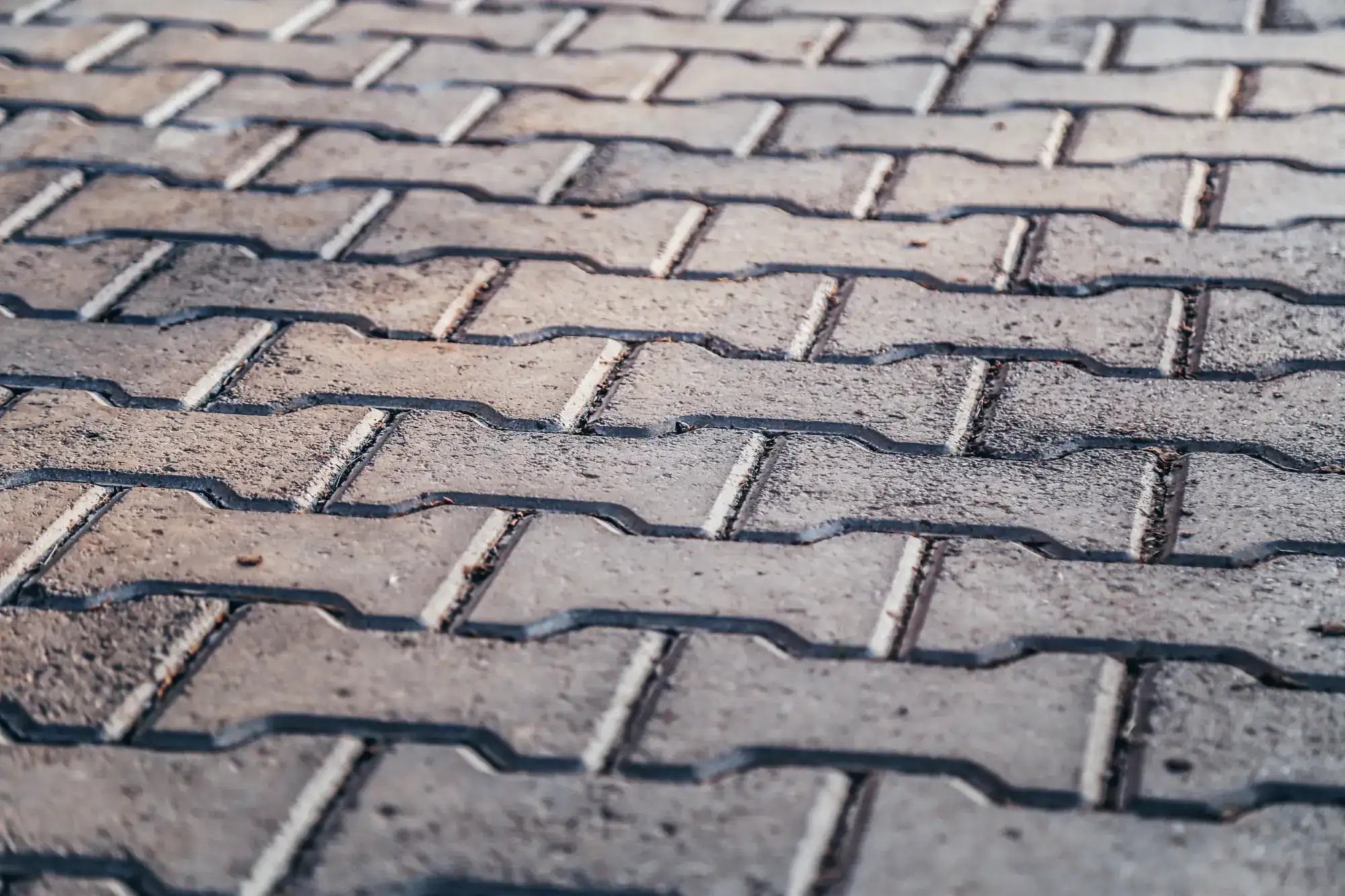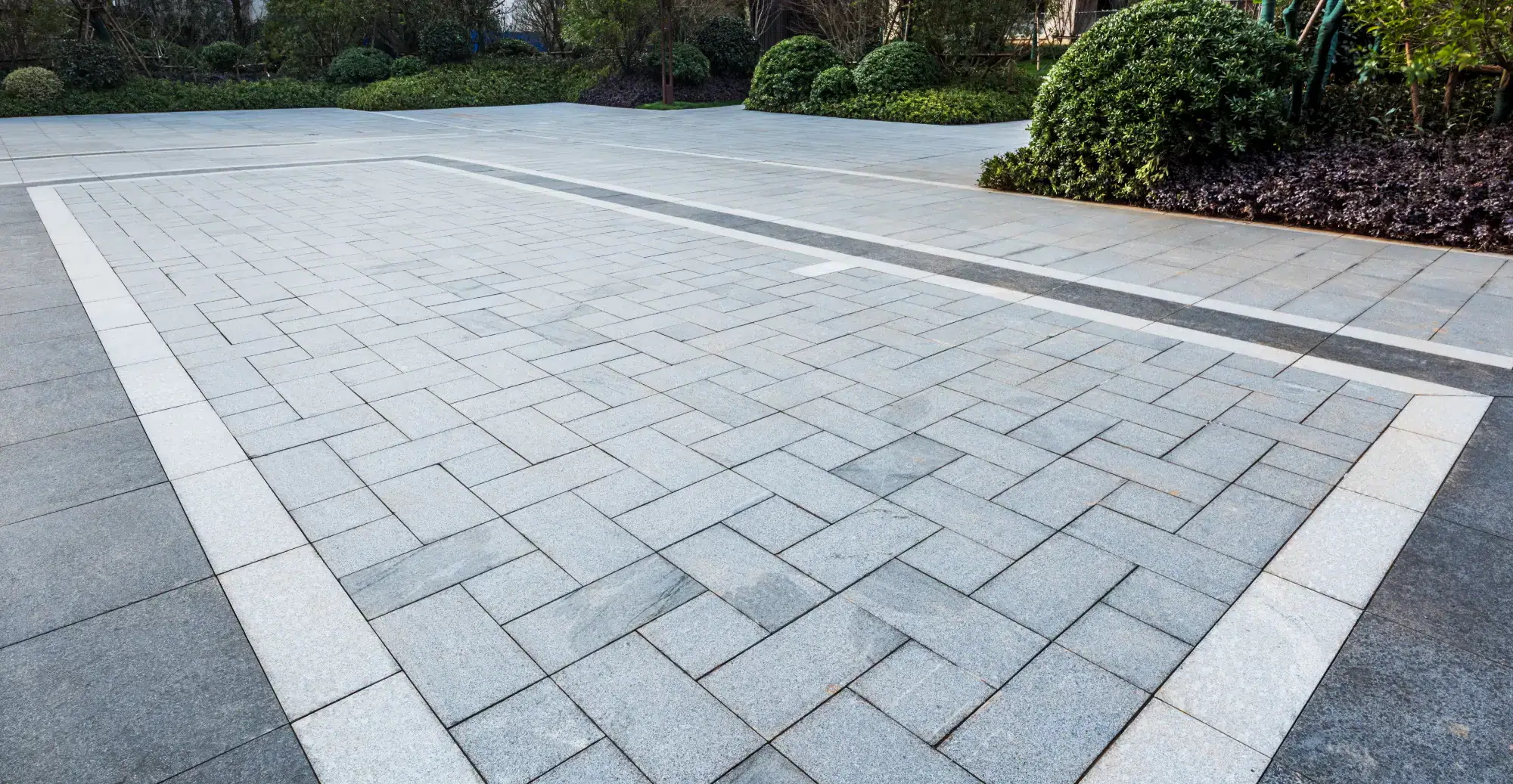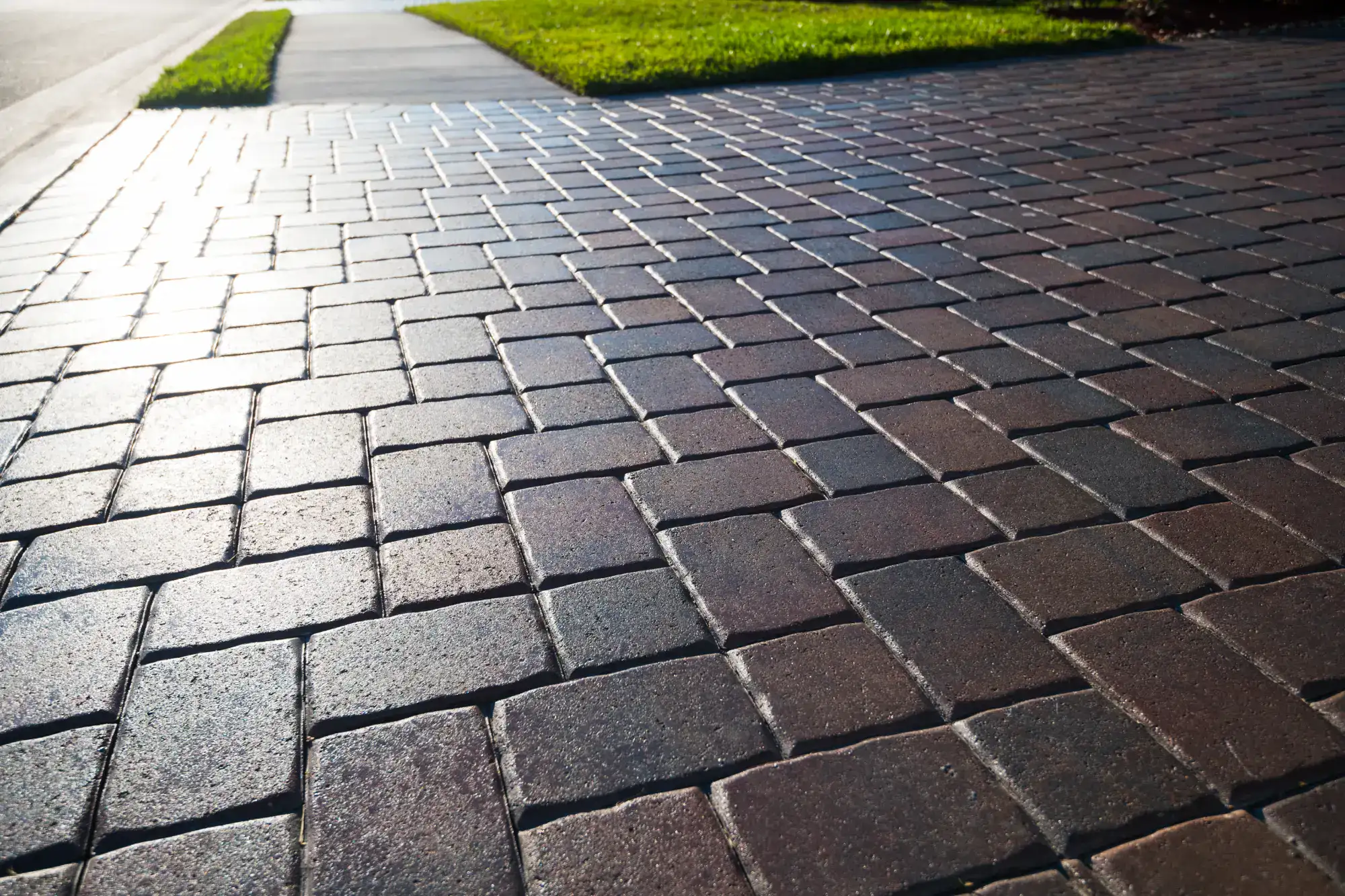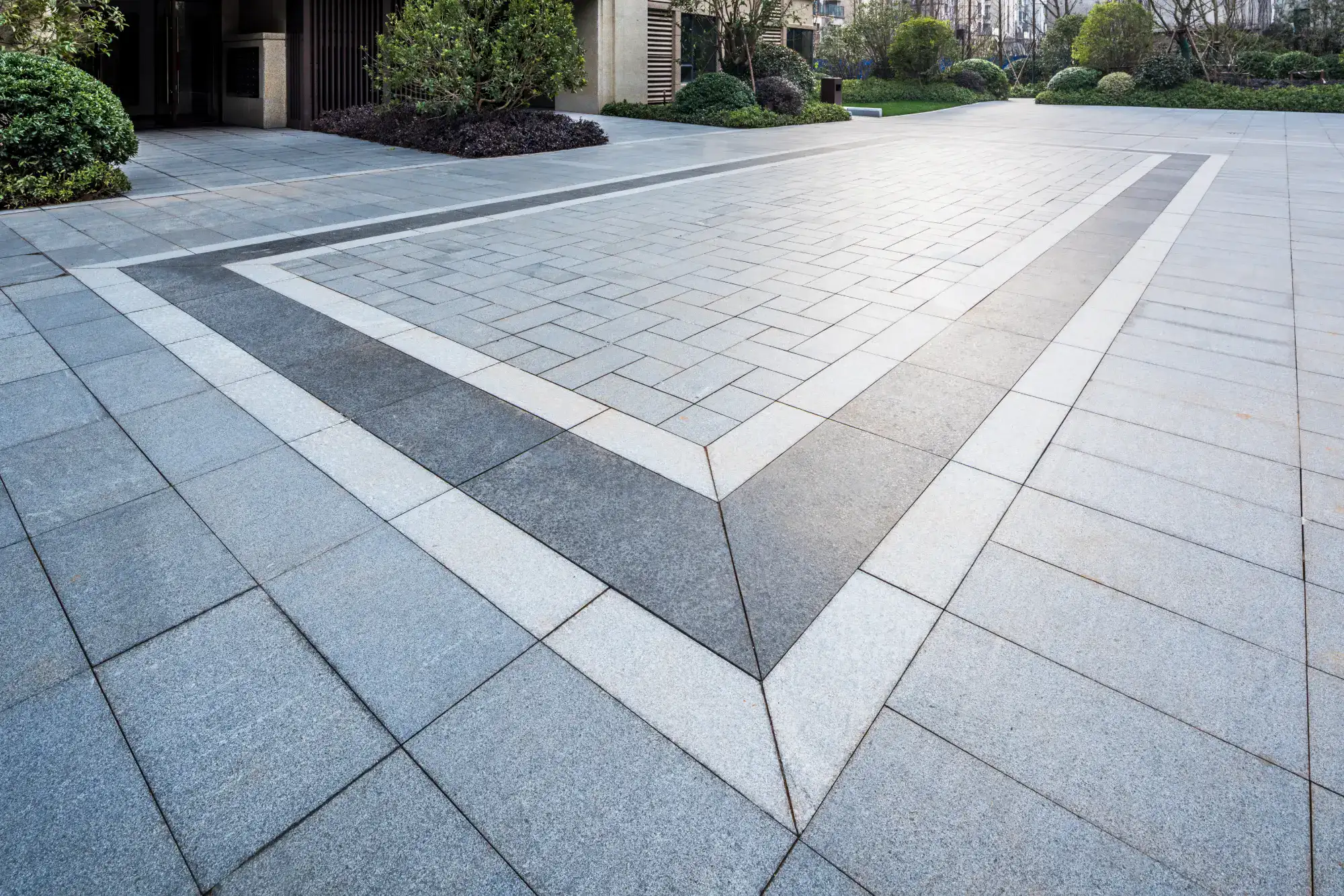- 631-796-2804
- [email protected]
- Mon - Fri: 6:30AM - 5PM
Professional oil and stone installation that costs half what you’d pay for asphalt but lasts just as long.

Hear from Our Customers

Your driveway stops being a problem. No more water pooling after storms because the stone surface drains naturally. No more slipping on ice because the textured surface gives you real traction.
You get a surface that handles everything from delivery trucks to daily traffic without cracking or shifting. The natural stone look fits right into North Sea’s landscape without looking like you went cheap.
Most importantly, you get 15-20 years of use without the maintenance headaches that come with other surfaces. When you do need spot repairs, they blend invisibly with the existing surface.
We’ve been installing driveways across Long Island for over two decades. We understand how North Sea’s sandy soil affects drainage and how the coastal climate impacts different materials.
We’re not the guys who show up, pour something down, and disappear. We live here, work here, and our reputation depends on doing this right the first time.
You’ll find our work throughout the Hamptons area because property owners here understand the difference between a quick fix and a real solution.

First, we prepare your base properly. This means grading for drainage and compacting the foundation so nothing shifts later. Most problems with any driveway start with shortcuts during prep work.
Next comes the oil application. We heat the liquid asphalt to the right temperature and apply it evenly across the surface. Timing matters here because the stone needs to bond while the oil is still tacky.
Then we spread and roll the stone. The aggregate gets embedded into the oil, creating that textured surface that gives you traction and drainage. We use a pneumatic roller to ensure proper compaction without over-rolling.
The whole process typically takes one to two days depending on your driveway size. You can drive on it within 24 hours, though we recommend keeping it light for the first week.

Ready to get started?
Every oil and stone driveway installation includes proper base preparation, which most contractors skip to save time. We grade for drainage because water is the enemy of any driveway surface.
You get quality materials sourced locally. The liquid asphalt meets DOT specifications, and we use clean, graded stone that won’t break down under traffic. No recycled concrete or mystery aggregate that looks good for six months.
We handle all the details that matter. Proper edging so your driveway has clean lines. Transition work where it meets your garage or existing pavement. Cleanup that actually gets everything, not just the obvious stuff.
The job includes a walkthrough so you understand how to maintain your new surface and what to expect as it settles in over the first few months.


We are a family owned and operated paving contractor servicing customers on the East end of Long Island. We specialize in all phases of paving from start to finish.